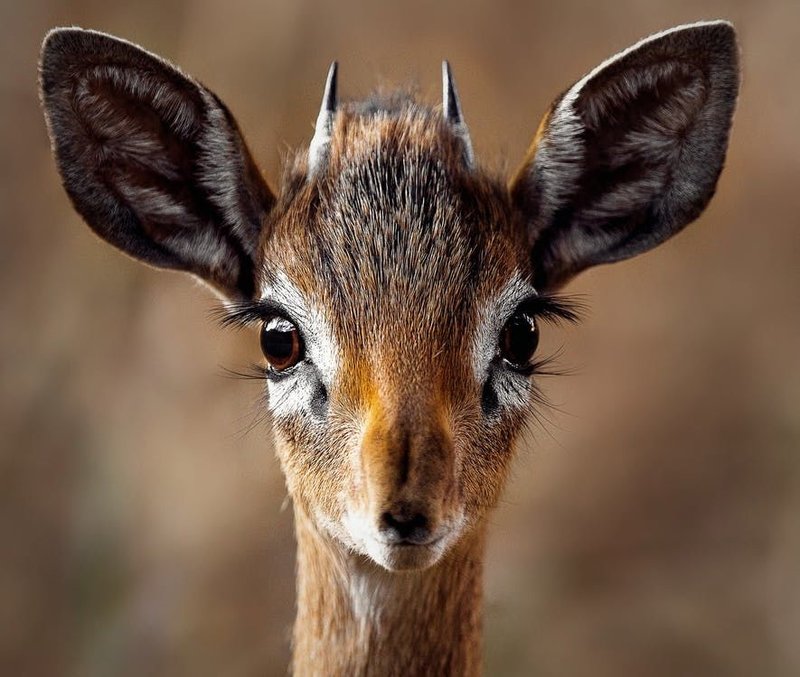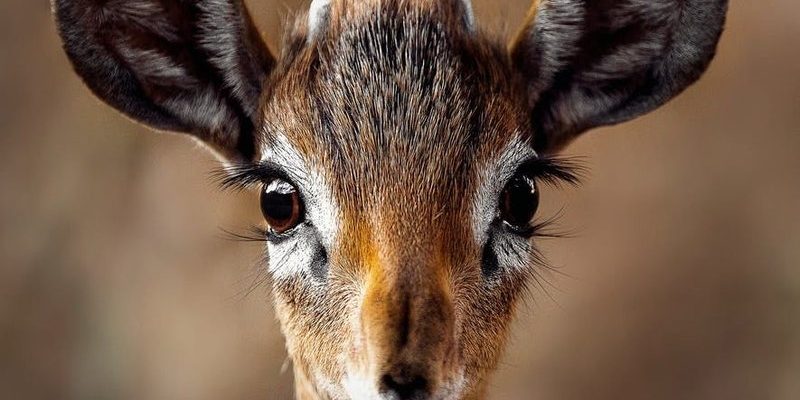
Let’s explore how to handle such a situation safely and respectfully, so you can enjoy the encounter without putting yourself or the animal in danger. Our focus will be on understanding antelope behavior and the best practices for wildlife interactions, all while making sure we keep our distance and let them be.
Understanding Antelope Behavior
Before you find yourself face-to-face with an antelope, it’s helpful to understand their behavior. Antelopes are generally known for their flight responses. This means they’re likely to run away if they feel threatened. Their speed is impressive; some species can reach up to 55 miles per hour! This instinct to flee is their primary defense against predators, including humans.
You might be wondering, how can I tell if an antelope feels threatened? Watch for signs like raised heads, ears pointed forward, and a tense posture. If you see these behaviors, it’s best to keep your distance. Remember that respecting their space is crucial for the safety of both you and the animal.
Antelopes are also social creatures, often found in groups. So, if you spot one, chances are there’s a whole herd nearby. They communicate with each other using different sounds and body language. Understanding how they interact can give you insights into their comfort level, which can help you decide on your next move.
Staying Calm and Observing
If you find yourself up close to an antelope, the first thing to do is to stay calm. It might be tempting to snap a few photos or get a little closer for a better view, but remember that quick movements could startle the animal. Instead, take a moment to observe and appreciate the beauty of this creature.
Try to limit loud noises or sudden movements. Antelopes are sensitive to disturbances, and your excitement might just frighten them away. If you’re in a situation where you can stand still, do so. This gives the antelope a chance to assess you and decide if you’re a threat—essentially, letting them call the shots.
While observing, pay attention to the surrounding environment too. Often, other wildlife may be present. Keep in mind that staying quiet and inconspicuous can enhance your experience, allowing you to see natural behaviors that you might miss if you’re too loud.
Respecting Their Space
When it comes to wildlife encounters, especially with antelopes, respecting their personal space is paramount. Keep your distance—ideally at least 100 yards. Approaching too closely can stress the animal or provoke it into defensive behavior.
Use binoculars or a zoom lens to appreciate the antelope without invading its territory. Not only does this keep you safe, but it also ensures that your presence doesn’t disrupt their natural behaviors. Remember, the goal is to observe, not to interfere. By maintaining a safe distance, you also allow the antelope to retreat if it feels uncomfortable.
Some parks or wildlife reserves may have specific guidelines about how close you can get to wildlife. Always check these regulations before heading out, and follow them to help protect the animals and their habitats.
What to Do If the Antelope Approaches
You might find yourself in a situation where an antelope wanders a bit closer to you. If this happens, don’t panic! Stay still and quiet. Antelopes are generally curious, and they might just be exploring.
Make sure not to make any sudden movements. You might even want to crouch down to appear less threatening. In most cases, the antelope will inspect you and then carry on with its day. If it seems to lose interest, that’s your cue to quietly back away, ensuring you give it space to move freely.
However, if the antelope displays defensive behavior, like snorting or stomping its feet, it’s time to gently but quickly move away. These actions are clear signs that the animal feels threatened and could react defensively. Always prioritize your safety and the animal’s comfort.
Guidelines for Photographing Antelopes
For many, encountering an antelope in the wild is a photo-worthy moment. However, taking pictures comes with its own set of rules. First and foremost, keep your distance. Use a camera with a good zoom feature, allowing you to capture stunning images without intruding on the antelope’s space.
When photographing wildlife, always focus on the animal’s natural behavior. Candid shots of antelopes grazing or interacting with their environment can be breathtaking. Avoid trying to coerce them into unnatural poses or situations just for the sake of a good photo.
Also, be mindful of your surroundings and other wildlife. You wouldn’t want to inadvertently disturb another animal while trying to get the perfect shot. Remember, the goal is to capture the beauty of these creatures while respecting their natural habitat.
Leave No Trace: Protecting Antelope Habitats
As visitors to these natural spaces, it’s our duty to protect the habitats that antelopes and other wildlife call home. Practice the Leave No Trace principles, which encourage you to minimize your impact while enjoying the outdoors.
Always stay on marked trails to avoid trampling vegetation that serves as food for these animals. It’s also essential to pack out any trash, leftover food, or other items you bring with you. This not only keeps the area clean but prevents animals from ingesting harmful materials.
Consider educating yourself about the local ecosystem where you might encounter antelope. Understanding their diet, habitat, and breeding patterns can enhance your appreciation of these magnificent creatures while emphasizing the importance of preserving their environment.
Encountering an antelope in the wild can be a thrilling experience, but it comes with responsibilities. By understanding their behavior, respecting their space, and following wildlife guidelines, you can enjoy these moments safely and ethically.
Remember to stay calm, observe quietly, and most importantly, appreciate the beauty of nature. The next time you find yourself hiking through those serene landscapes and catch sight of an antelope, you’ll not only know what to do—you’ll feel confident doing it. Happy wildlife watching!

